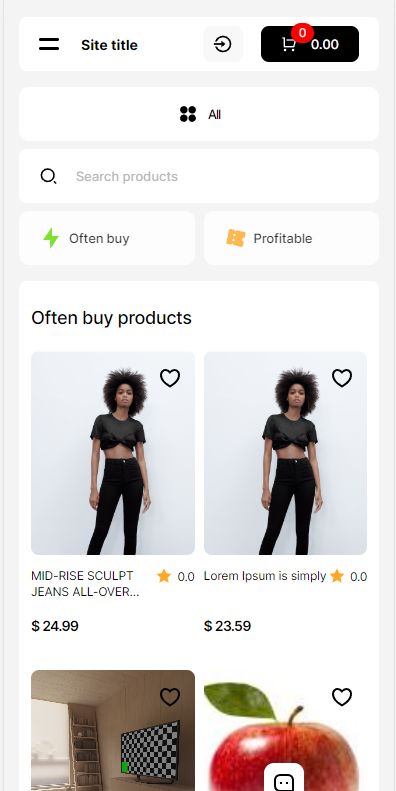
As experts in the development of cross-border e-commerce systems, we are well aware of the importance of payment issues to the entire system. In the intersection of different countries and different payment systems, cross-border payment integration is a compelling topic. This article will deeply explore the necessity of cross-border payment integration, analyze its advantages, and provide a series of solutions to solve payment problems in the development of cross-border e-commerce systems.
Advantages of cross-border payment integration
Cross-border payment integration brings many advantages, making it an effective way to solve payment problems in the development of cross-border e-commerce systems.
1. Multiple payment channel options
Cross-border payment integration not only integrates mainstream payment methods at home and abroad, but also integrates more emerging payment methods, such as electronic wallets, cryptocurrency, etc. Provide a variety of payment channel options to meet the payment preferences of different consumers.
2. Flexible exchange rate processing
Exchange rate fluctuations are a problem that cannot be ignored in cross-border e-commerce. The payment integration solution can obtain the latest exchange rate data in real time, provide functions such as exchange rate conversion, locking and risk management, and reduce the impact of exchange rate fluctuations on cross-border payments.
3. Complete risk control system
Payment integration solutions can establish a complete risk control system through data analysis and models, identify and prevent fraud, protect the rights and interests of merchants and consumers, and provide a safe and reliable payment environment.
Solution: Key steps to achieve cross-border payment integration
To achieve cross-border payment integration, you need to go through the following key steps:
1. Choose the right payment integration platform
First, choose a stable and reliable payment integration platform. The platform should be secure, scalable and flexible, supporting the integration and management of various payment channels.
2. Optimize payment process
Optimize the cross-border payment process, reduce redundant links and cumbersome steps, and improve the speed and convenience of payment. At the same time, ensure that the payment process complies with national regulations and compliance requirements.
3. Integrate payment channels and systems
Integrate various payment channels and systems, including domestic and foreign banks, Alipay, WeChat Pay, etc., to establish a unified management cross-border payment platform to facilitate merchants and consumers to make payments.
4. Data analysis and risk control strategies
Use data analysis and risk control strategies to monitor and warn the payment process, identify and respond to risks in a timely manner, and protect transaction security and user rights.
Cross-border payment integration is an effective means to solve payment problems in the development of cross-border e-commerce systems. By choosing a suitable payment integration platform, optimizing the payment process, integrating payment channels and systems, and establishing data analysis and risk control strategies, payment problems in cross-border e-commerce system development can be effectively solved.